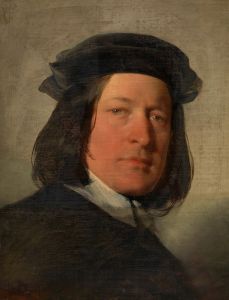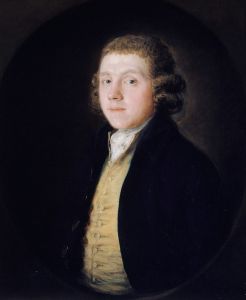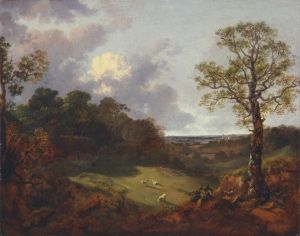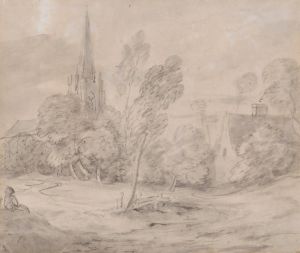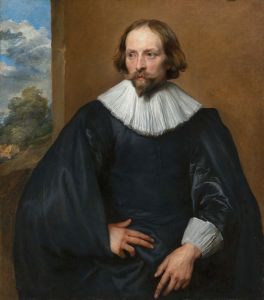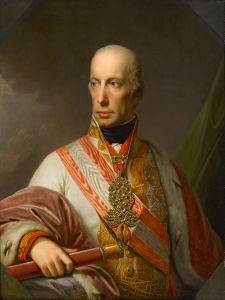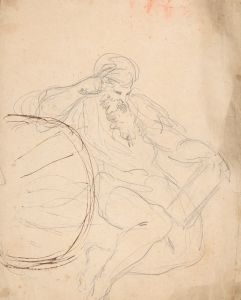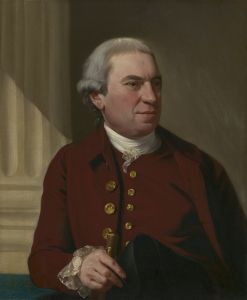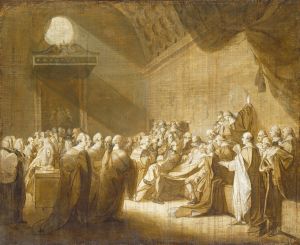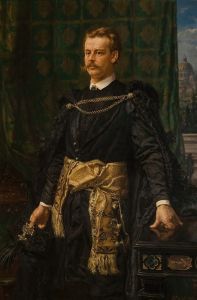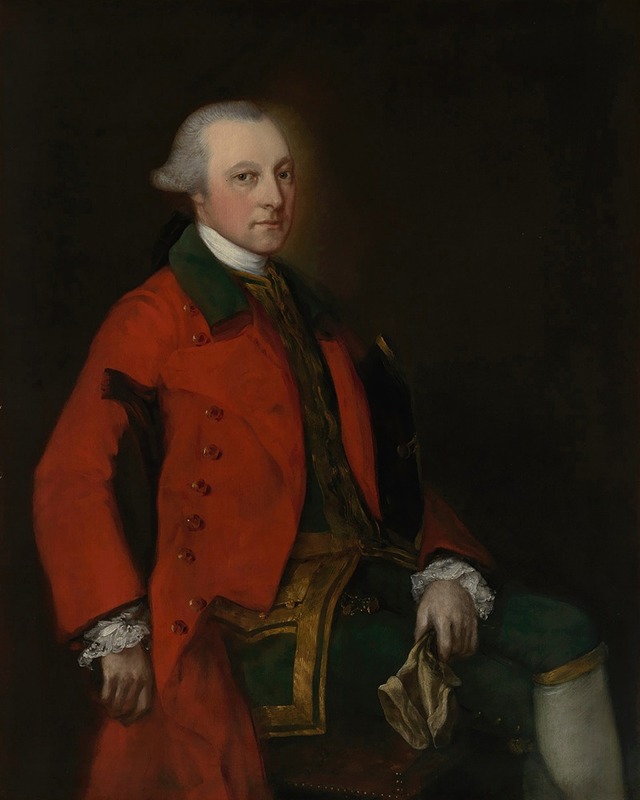
Portrait of Robert Sutton , of Scotton, Nottinghamshire
A hand-painted replica of Thomas Gainsborough’s masterpiece Portrait of Robert Sutton , of Scotton, Nottinghamshire, meticulously crafted by professional artists to capture the true essence of the original. Each piece is created with museum-quality canvas and rare mineral pigments, carefully painted by experienced artists with delicate brushstrokes and rich, layered colors to perfectly recreate the texture of the original artwork. Unlike machine-printed reproductions, this hand-painted version brings the painting to life, infused with the artist’s emotions and skill in every stroke. Whether for personal collection or home decoration, it instantly elevates the artistic atmosphere of any space.
Thomas Gainsborough, one of the most prominent British portrait and landscape painters of the 18th century, is renowned for his distinctive style and contribution to the art world. Among his numerous works, the "Portrait of Robert Sutton, of Scotton, Nottinghamshire" stands out as a testament to his skill in capturing the essence of his subjects.
Gainsborough was born in 1727 in Sudbury, Suffolk, and displayed an early talent for drawing and painting. He moved to London in his teens to study art and later established himself as a portraitist and landscape painter. Gainsborough's work is characterized by its elegance, fluid brushwork, and the ability to convey the personality and status of his sitters.
The "Portrait of Robert Sutton" is a fine example of Gainsborough's portraiture. Robert Sutton was a member of the Sutton family of Scotton, Nottinghamshire, a family with a long-standing history and social standing in the region. The painting captures Sutton in a manner typical of Gainsborough's style, with an emphasis on the sitter's demeanor and attire, reflecting both his character and social position.
Gainsborough's portraits often featured a soft, naturalistic approach, with a focus on the sitter's face and expression, set against a subtly rendered background. This technique allowed him to highlight the individuality of his subjects while maintaining a sense of grace and sophistication. In the "Portrait of Robert Sutton," Gainsborough employs his signature use of light and shadow to create depth and dimension, bringing Sutton's likeness to life.
The portrait likely dates from the mid to late 18th century, a period when Gainsborough was at the height of his career. During this time, he was in high demand among the British aristocracy and gentry, who sought his ability to portray them with both realism and idealization. Gainsborough's portraits were not just mere representations; they were also a means of conveying the wealth, power, and refinement of his clients.
Gainsborough's influence on portrait painting was significant, and his works continue to be celebrated for their artistic merit and historical importance. The "Portrait of Robert Sutton" is part of this legacy, showcasing Gainsborough's mastery in capturing the subtleties of human expression and the nuances of 18th-century British society.
While specific details about the commission and the life of Robert Sutton himself may not be extensively documented, the portrait remains an important piece within Gainsborough's oeuvre. It reflects the broader cultural and social context of the time, offering insights into the fashion, aesthetics, and values of the period.
Today, Gainsborough's works, including the "Portrait of Robert Sutton," are held in high regard and can be found in major art collections and museums around the world. They continue to be studied and admired for their technical brilliance and their ability to convey the timeless qualities of their subjects.





